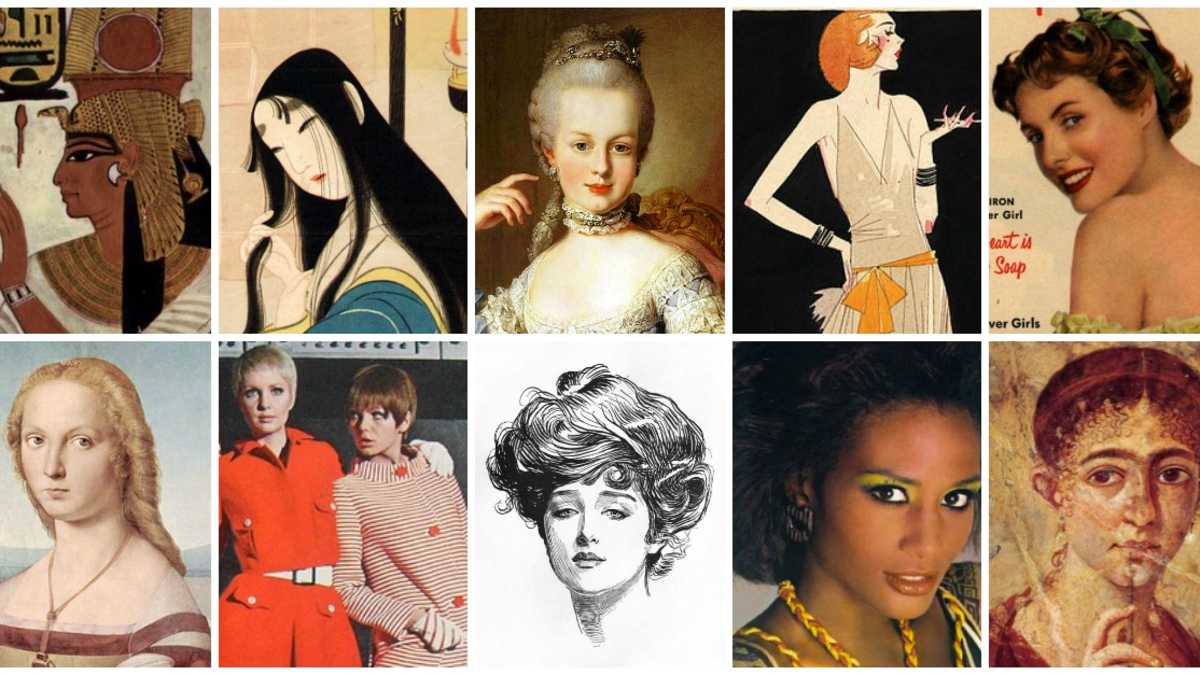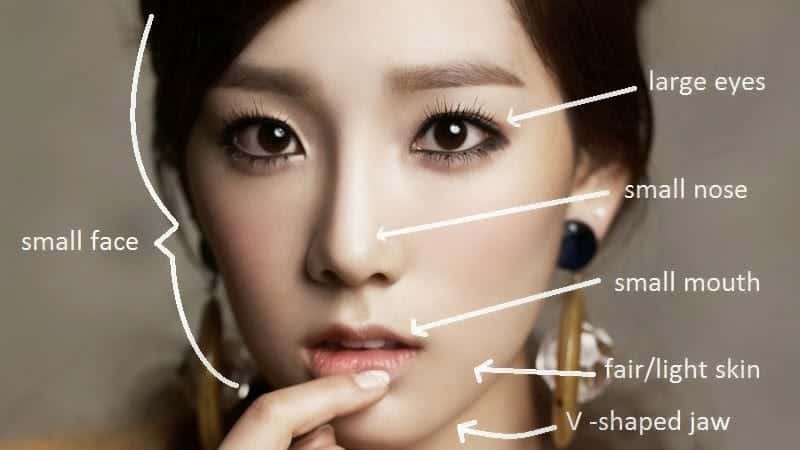Both men and women have specific appearance and fashion standards they need to comply with according to the society and culture in which they are born. Those standards are often rather illogical or outright harmful to both people’s physical body and mental health, yet societies are often quite adamant about people sticking to these beauty standards.
One thing that’s true among most societies, however, is that the beauty standards for women are often much more particular and stringent than those for men. Yes, men often have certain appearance standards they are expected to comply with – what they are expected to wear, what their facial hair should look like, what their physique and fitness levels should be, and so on.
However, the beauty standards for women are often so incredibly elaborate or over the top that they are sometimes outright impractical and harmful. To examine this a bit further, let’s go over the beauty standards for women both today and for various societies and cultures in the past.
Beauty Standards for Women Across the World and Throughout History

In most cases, however, all such beauty standards are quite severe and difficult to attain. After all, the connection between the incredibly high beauty standards for women and their mental health is pretty well established and understood today.
Beauty Standards in Europe
For better or for worse, the fashion and beauty standards in Europe and the broader “Western world” are seen as the global “standard” today. These include things such as – a slender physique, long hair, no/limited body hair, specific makeup use, body emphasizing clothes, and so on.
Europe itself is a rather diverse continent, however, and various countries and cultures within it have their own beauty standards too. For example, in many of the Mediterranean countries, body hair isn’t as frowned upon as it is in Central and Northern Europe. Over the years, however, there is no denying that the beauty standards of most European countries have started to meld together.
Beauty Standards for Asian Women

Southeast Asia
In much of Southeast Asia, and in Indonesia in particular, brown skin and dark hair have long been seen as the perfect beauty standard. This view became especially predominant during the Dutch rule of the region as many European men were falling head over heels for the local brown-skinned Indonesian women and were taking Asian brides, leaving their fair-skinned European women behind.
Needless to say, this practice was frowned upon in the more conservative parts of European culture, but it continued nonetheless. Even today, brown-skinned Southeast Asian mail order brides on sites such as BridesUniverse are incredibly popular among Western men.
China
Chinese women today are famous as the most petite and reserved across all Asian nations. However, China’s beauty standards for women today are much more forgiving and permitting than they have been before. The best example of that is the foot binding tradition, which endured in the East Asian country for about 1,000 years.
This incredibly painful and harmful practice was done to girls as young as 5-8 years old by binding their feet with rope. The purpose – to keep their feet from growing and to fold the fingers under the foot, simply because women were expected to be as petite and delicate as possible.
Thankfully, this isn’t done anymore, even if Chinese women’s beauty standards still expect them to be as petite and soft as they can be.
Japan
Japan had its own peculiar beauty standards for highborn women at about the same time as the foot binding tradition in their Western neighbor. Fortunately, the Japanese tooth-blackening tradition – or ohaguro – wasn’t nearly as harmful and wasn’t even permanent.
Overall, many of the other beauty standards for women in the two major East Asian countries were quite similar, as women were expected to be small, delicate, and subservient to the men around them.
South Korea
Throughout history, Korean beauty standards have been similar to those in China and Japan. The last few decades have seen women’s beauty in South Korea go far and beyond anything else seen in their neighbors, however. So much so, that South Korean beauty standards for women are notorious as outright impossible today.
Excessive makeup, numerous plastic surgeries to achieve “perfect” body and facial shapes, and incredibly expensive skincare procedures have all become incredibly popular in South Korea, leading to many women just giving up.
Middle East and India
The Arabian world, the Middle East, and India are different in many different ways – much more than we can handle in a single short article. There is one beauty standard that is common in various countries across these regions, however, and that’s skin lightening. For better or for worse, ever since Europe’s imperial rule over these regions, skin lightening has become incredibly popular in many countries and women with fair skin are seen as much more beautiful and desirable.
Beauty standards for Latina and African women

For women on both continents – as well as for Latina and African women in the Western world – their beauty standards stand apart from the typical Western standards, especially when it comes to women’s body types. For most white and Asian women in the Western world, the body standard expects them to maintain a slender physique and hips and buttocks that aren’t overly pronounced.
For both Latina and African women, however, a more hourglass-like shape is usually expected and appreciated. The likely reason why this beauty standard is shared for Latinas and African women is because of their shared history with colonialism. This is quite evident in the Caribbean, where this beauty standard has been especially notable over the years.
Whether it’s through art, fashion, or dances, the curvacious beauty standard for Latinas and African women is well-known across the world – so much so that there are even lots of Latin- and Afro-diasporic dances that have become popular over the years, all emphasizing the movement and size of women’s hips and buttocks. Dance moves such as New Orleans’ twerking, Ivory Coast’s mapouka, and the Jamaican dancehall whining have all become very recognizable and even popular across the world.
Wrapping Up
Tracing women’s body and beauty standards throughout history and in the thousands of different cultures around the globe is a nigh impossible task, especially for such a quick article. However, even just the examples provided here are more than enough to demonstrate just how wild, peculiar, and extraordinary women’s beauty standards can be.
Fortunately, a lot of the more harmful beauty standards, such as foot binding and neck rings, have fallen out of favor over the years. Unfortunately, many other undeniably beauty standards still remain, including ones involving plastic surgeries, skin whitening, excessive makeup use, and so on.
It remains to be seen where such beauty standards will move to in the future. Wherever that is, however, hopefully, they will at least become a little more manageable and not weigh on women’s mental health as much as they do today.









